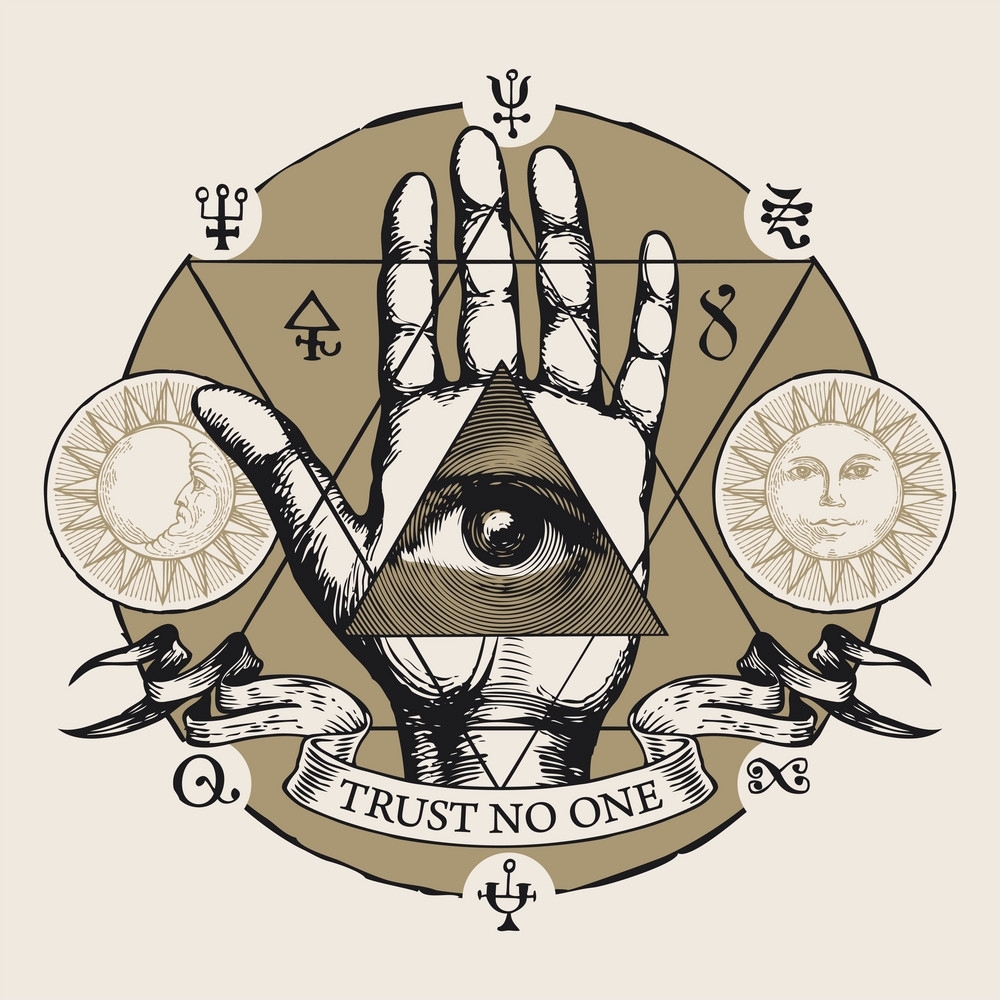Eliphas Levi
Eliphas Levi, originally Alphone Louis Constant, was born the son of a shoemaker in Paris in 1810. He was educated early in the priesthood, but was expelled from seminary at the age of fourteen, suggesting an early fascination with the occult. He spent his lifetime earning a pittance giving lessons to students, and even less from the proceeds of his prolific writing career.
Levi published his first work related to magic, Dogme et Rituel de la Haute Magie (in English: Transcendental Magic, its Doctrine and Ritual), in 1854. Six years later, he published Histoire de la Magie (in English: The History of Magic). La Clef des Grands Mystères (in English: The Key to the Great Mysteries) was published a year later. In 1865, he published La Science des Esprits (in English: The Science of Spirits); in 1868, Le Grand Arcane, ou l’Occultisme Dévoilé (in English: The Great Secret, or Occultism Unveiled); and finally, in 1892, Magical Rituals of the Sanctum Regnum was published seventeen years after his death.
Levi’s biggest contribution to Satanism was not his bibliography (which primarily dealt with generalized occult magic, not specifically invocation of demons), but a cartoon he drew in Dogme et Rituel de la Haute Magie of Baphomet, Goat of the Witches’ Sabbath. The infamous portrait was influenced by the Devil card in early Tarot decks, though it is speculated that Levi was also influenced by carvings on Templar churches in Paris depicting squatting half-beasts with female breasts and bat wings.
Baphomet, The Goat of Mendes
For many, Levi’s interpretation of the Infernal Goat is the face of Satan, and among the most recognizable symbols of the occult.


